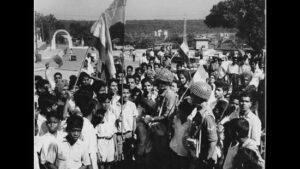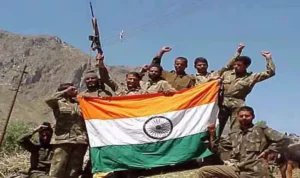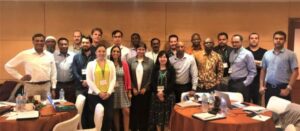The Pradhan Mantri Rashtriya Bal Puraskar celebrates the spirit of innovation, courage, and service among India’s youth. By recognizing young achievers and promoting child welfare, the award underscores the importance of nurturing talent and fostering social responsibility from an early age. For UPSC aspirants, understanding the PMRBP offers insights into government initiatives aimed at empowering the next generation, an essential topic for comprehensive preparation in competitive exams.
This eBook equips aspirants with a holistic understanding of the award, enabling them to answer questions effectively and appreciate its significance in India’s socio-cultural and governance framework.









